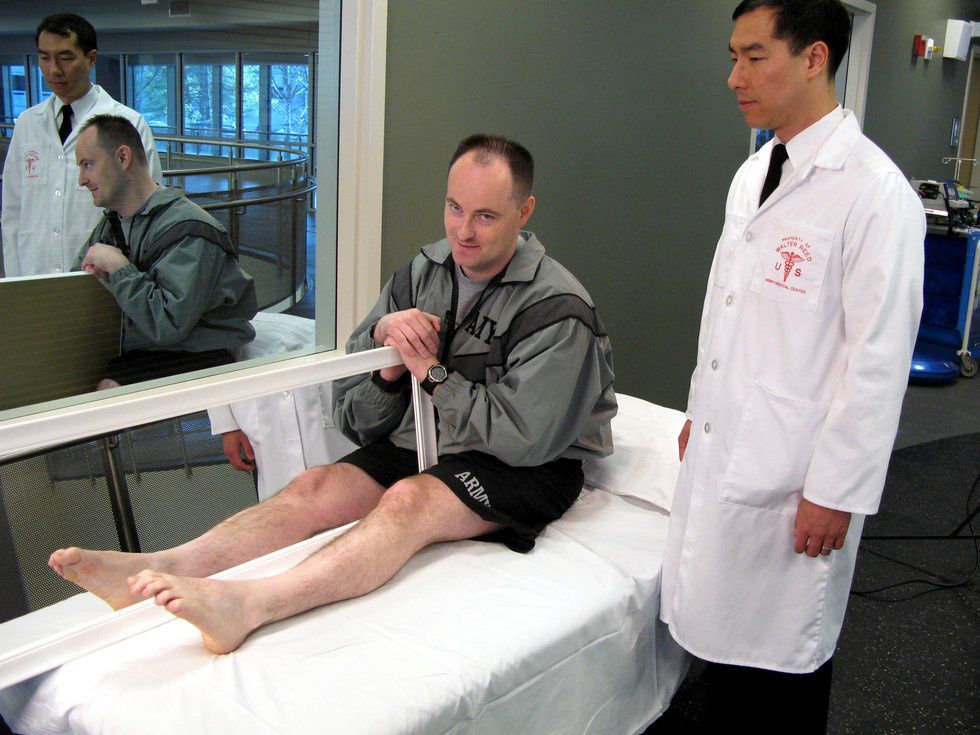Phantom limb pain is the pain that a person feels in their amputated limb. It was first introduced by Ambrose Pare in the mid-16th century. It's felt by 90 percent of limb amputees.
It can develop immediately after an amputation or within 24 hours of the amputation. Most people will experience this pain in a few days of the amputation. The frequency, duration and severity of the pain depend on each individual case.
If you're suffering from it, then what could you possibly do to help deal with the pain?
The treatments include medication, nerve block, neuromodulation, surgical treatment, and physical treatment. These methods have not been proven to work. On the other hand, research has been conducted on mirror therapy, which has proven its success. It's a process that can be done at home and is affordable.
Jack Tsao conducted an experiment over the mirror therapy. 22 patients were randomly assigned to three groups, one viewed a reflected image of their intact foot, the other did the same thing but the error was covered, and the third used mental visualization.
Out of ten, 18 participants completed the study. Patients in the first two groups performed movement of their intact and amputated limb, and the mental visualization group imagined the movement of their amputated limb.
Their findings showed that mirror therapy did decrease the pain felt on the amputated limb. The pain was not reduced in the other two groups. There are theories for why this might work. The main reduction may be due to the acidulation of mirror neurons. The other is that "visual input of what appears to be the movement of the amputated limb might reduce the activity of systems that perceive protopathic pain."
Another case report of a thirty-year-old male with an above elbow amputation helped prove this theory. This study was conducted by Sae Young Kim and Yun Young Kim. The patient had received many treatments like medication, 'stellate ganglion block, thoracic sympathetic ganglion block, brachial plexus block, cervical transforaminal epidural block and a subcutaneous infusion of ketamine.'
After that, they tried mirror therapy and the patient noted a decrease in pain after only a month.
Mirror therapy has been proven to work in a lot of research, more than other treatments have. It might even work for you. Hopefully, we will soon understand what makes it work so well.

















